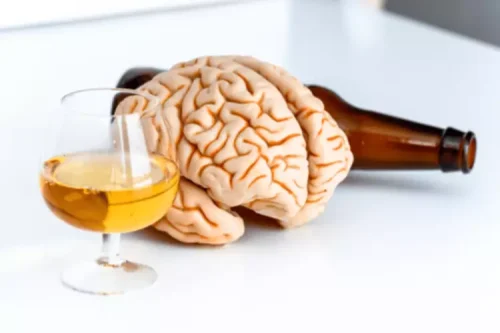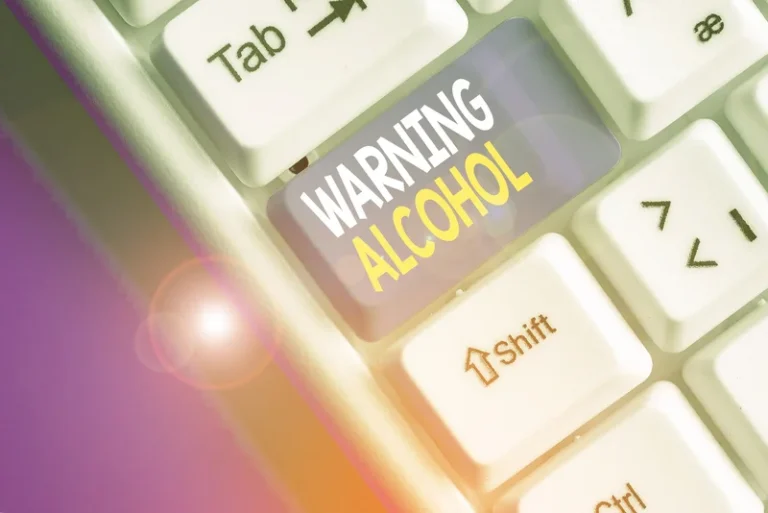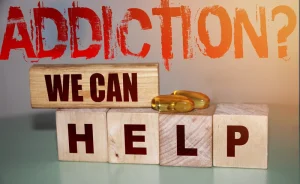Cognitive Dissonance and Addiction
June 21, 2021 9:55 am – Back to News & Offers
Practice should include a wide variety of role-play scenarios to broaden the skills’ applicability. Likewise, homework assignments may be given to foster use of the skills in cognitive dissonance addiction real-life situations. Frequent reviews of previously taught skills will enhance the clients’ mastery and help to counter problems they may have in retaining the skills.

Behavioral Marital and Family Therapy

This means that operationalization of both the assessment of inconsistency and the manipulation of inconsistency is required, and that only systematic measures would allow for investigation of the relations between inconsistency, CDS and the regulation process. Moreover, in the present state of conceptualization, assessing the inconsistency may also be the most relevant way to assess the “dissonance” construct. As a consequence, resolving the issue of the relation between inconsistency and the CDS could be achieved by using conditions that involve several degrees of inconsistency (e.g., low; medium; high), assessing it, and by measuring the CDS generated by these different conditions. Given the number of possible regulation strategies, assessing only one of them limits the conclusion that can be drawn.
- Derogating the victim of injustice could serve both motives better than some other strategies, such as compensating the victim.
- For the Action-Based Model (ABM; Harmon-Jones, 1999; Harmon-Jones et al., 2015), CDT serves the ultimate goal of reducing the interference with effective and unconflicted action.
- Treatment interventions teach clients the skills they need to confront or avoid everyday situations that may lead to drinking.
Cognitive Dissonance Treatment In Sober Living
- Our essential take home message is, first, to focus on an operational distinction for the triptych elements of CDT, that is the inconsistency, the dissonance state (CDS) and the regulation strategies.
- The general model of CDT suggests that the detection of an inconsistency will evoke a CDS, which will motivate a regulation strategy.
- It involves repeatedly presenting a client’s favorite alcoholic beverage, encouraging the client to observe and smell the drink, but not allowing the client to consume any of it.
For instance, the hypocrisy paradigm (Aronson, 1992; Stone and Fernandez, 2008; Priolo et al., 2019) compares inconsistent conditions to neutral or consistent ones. Likewise, some new paradigms focus on minimal inconsistencies, that is, inconsistencies that involve very few cognitions other than the inconsistency per se (e.g., Levy et al., 2017), and compare inconsistent conditions to neutral ones. These new paradigms are encouraging, but researchers in the field must still clearly realize that varying factors such as commitment is not the same as varying inconsistency.

Conflict of Interest Statement
Cognitive dissonance is when a person’s attitude, beliefs, or behaviors are not aligned. As humans, we strive for internal psychological consistency, and any internal conflict could cause a person significant amounts of psychological discomfort. I believe the real answer lies in how human brains are wired, specifically, the human need to resolve internal conflicts, or what psychologists call cognitive dissonance. In other words, if you have a hard time stopping drinking, not only is there nothing wrong with you, quite the contrary, your brain is functioning the way it is designed to.
- We start by reviewing the ambiguities concerning the definition and conceptualization of the term cognitive dissonance.
- Continuous innovation should also be emphasized, as it is a driving force for technological cognitive dissonance and addiction development and can contribute to the generation of new functional experiences, thereby attracting more customers.
- Training is based primarily on principles of social learning theory, which considers cognitive, environmental, and behavioral factors (Abrams and Niaura 1987).
- Some events are likely to be alcohol related, such as thoughts of alcohol and outright cravings, and clients must be taught skills to respond to them effectively.

With the evolution of language the human psyche lost its unity—the inborn connectedness of knowledge, emotions, and behavior. Dr. Stacey Diane Arañez Litam (she, her, siya) is a licensed professional clinical counselor and supervisor, a national certified counselor, a certified clinical mental health counselor, as well as a board-certified diplomate and sexologist. These people may wrestle with their uncomfortable thoughts by questioning if smoking is really that bad for their health. They may try to find things that prove to them that they can go on smoking and not have any problems.

- This could be the occasion for CDT to reconnect with broader theories and several attempts have already been made.
- The goal is to allow yourself to make rational decisions based on your true beliefs and values.
- Understanding what motivates people to drink abusively involves knowing their drinking behaviors and patterns and their perceptions, or cognitions, about themselves and about alcohol.
- Investigating strategies for reduction has historically been the overwhelming focus of CDT research.
